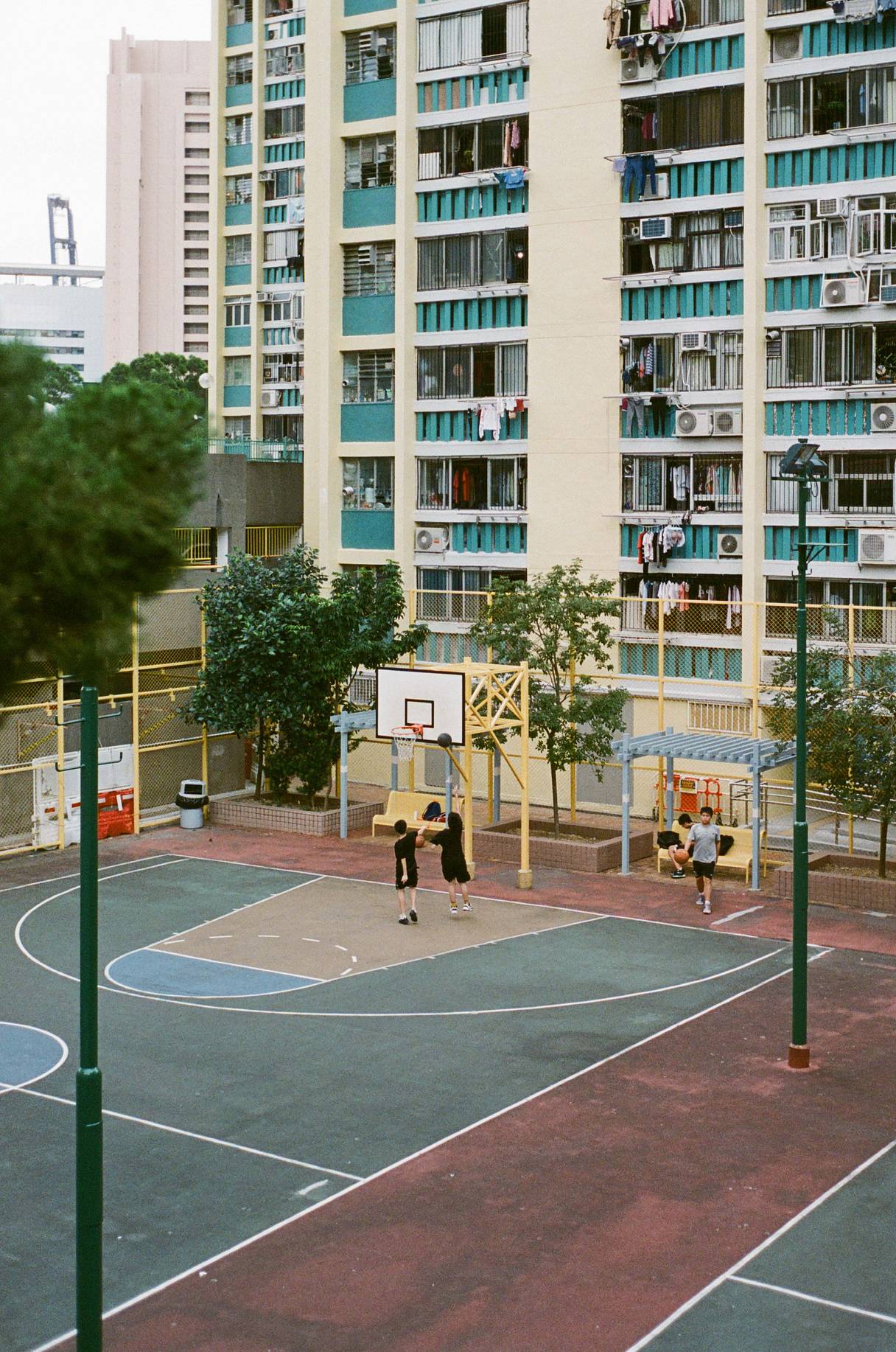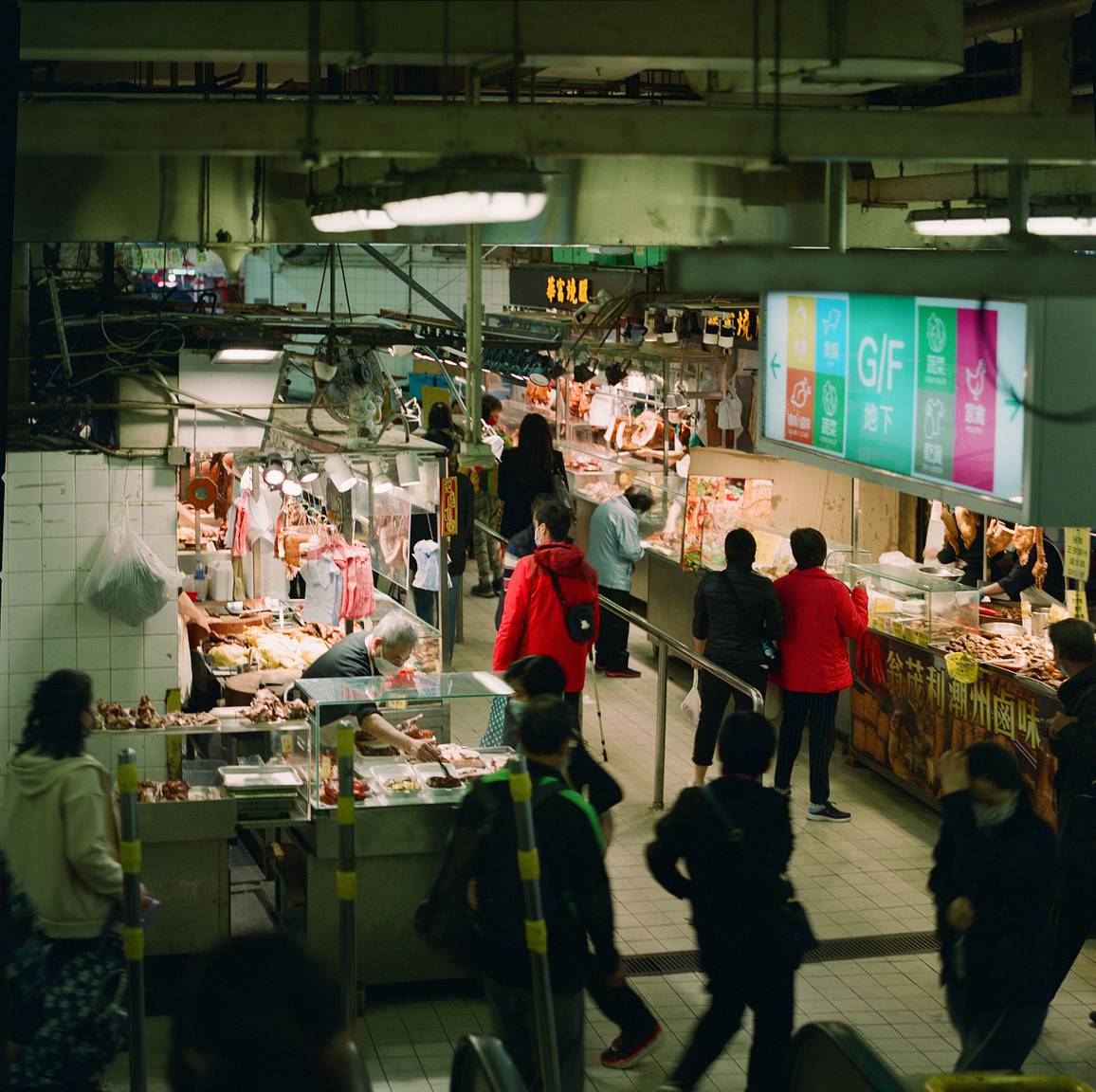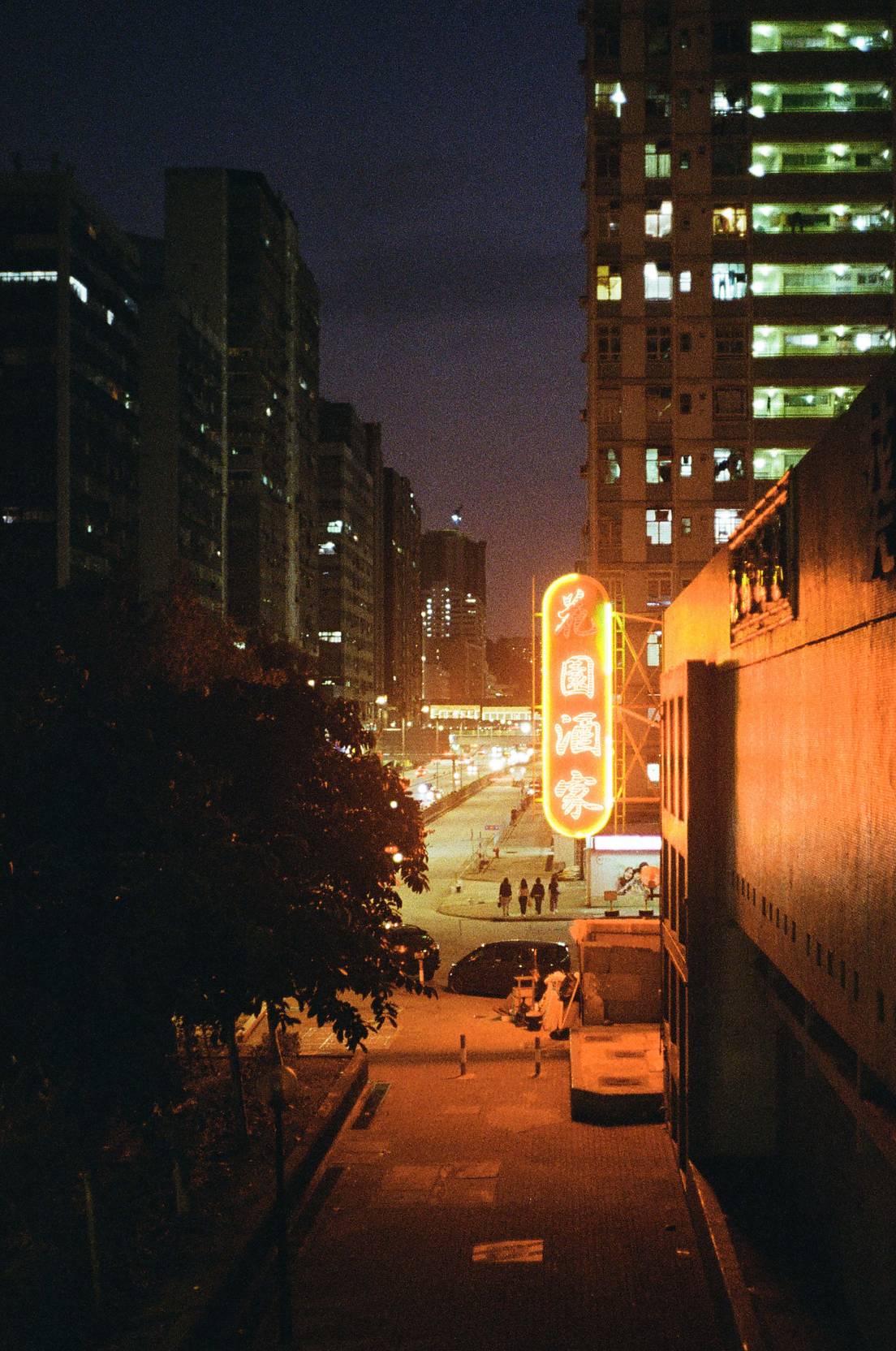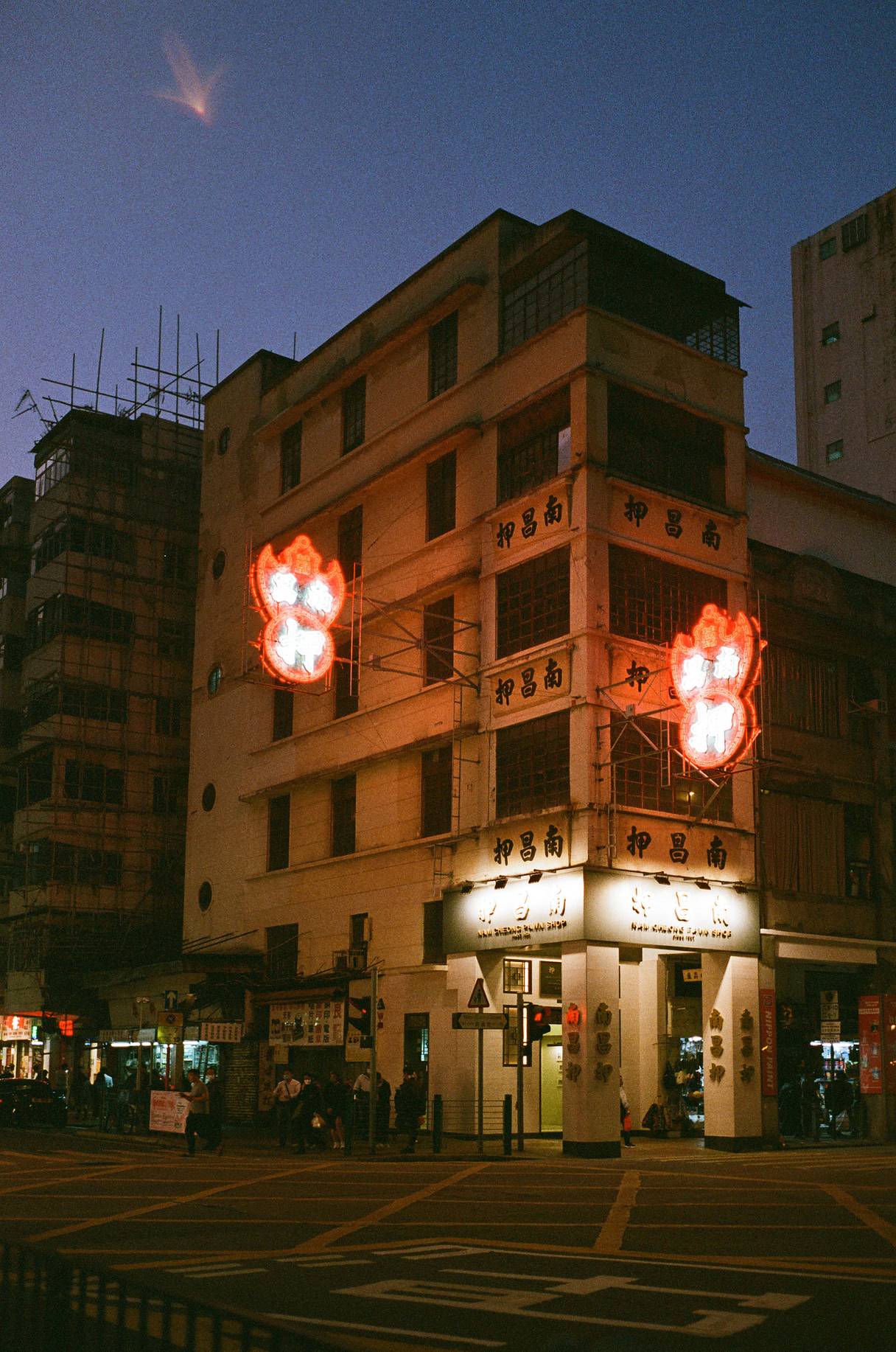Hong Kong's Changing Landscape with Architect & Photographer Thomas Cheung
3 10 Share TweetArchitect and film photographer Thomas Cheung has an in-depth insight into Hong Kong's distinct landscape. As someone who grew up in the city in the 90s, the way he views Hong Kong taps into his knowledge of the place as an architect and as a sentimental film photographer, watching his home change over the decades.
In this interview, we talked to Thomas about his remarkable street photography. He shared with us his reasons for returning to film photography as well as the inspirations behind his Instagram account where he shares scenes of daily life in Hong Kong.
Hi, Thomas! Welcome to the magazine. Can you tell us about yourself and your work?
Hello, I am Thomas Cheung. I rediscovered my passion for film photography when my girlfriend gifted me a roll of Fujifilm Premium 400 in 2022. Captivated by the rich colors, I dusted off my old FM2 and embarked on a journey to capture the essence of Hong Kong’s rapid transformations since 2019.
As my girlfriend and I decided to move to the UK in 2023, I felt a deep urge to document every corner of Hong Kong, preserving its daily moments and vanishing old scenes that still existed in 2022. Being a Hong Kong architect by background and a city observer raised in the 90s, I aimed to cherish these moments, appreciating the unique nightlife and unsung scenes, a perspective distinct from typical travel influencers due to the city’s swift changes. Through my lens, each photo deepens my reflection on my identity as a Hongkonger.
You mentioned rediscovering film photography in 2022. How does your first experience with film compare to how it is now considering digital advancements in photography? Do you think taking a break from it for a time made an impact on how you approach it now?
Acquiring my first film camera, the Nikon FM2, in 2006 marked the initiation of my photographic odyssey. However, the pursuit of capturing moments on film was accompanied by its own set of challenges—rolls often fell short of expectations, and a steep learning curve in mastering the technical intricacies. After a hiatus, I returned to the realm of photography, this time equipped with a modern digital camera borrowed from a colleague.
The digital era introduced undeniable advantages, enhancing sharpness, and distortion correction offered by contemporary lenses. Post-processing capabilities, such as HDR and color correction, provided artists with unprecedented creative freedom. Despite these advantages, I found myself drawn back to the distinctive character of film photography.
Film's constraints—limited ISO, shutter speed, aperture, and a unique grain structure—impose a discipline on the photographer. The limitations contribute to the creation of images with a timeless quality, capturing a moment in an artful and nostalgic manner. In 2022, my return to film was prompted by the desire to capture the essence of Hong Kong amid its rapid transformation before leaving Hong Kong.
Film, with its inherent warmth and authenticity, seemed best suited to convey the city's evolving landscape. The physicality of film photography, including its characteristic color rendering and layered richness, became instrumental in depicting the flux of a changing city—a charm that proved challenging for digital counterparts to replicate.
Launching my Instagram account, inmemoryofhk, infused with a touch of black humor reflecting the fading cityscape, became a platform to share intimate narratives of Hong Kong. Each photograph, with its inherent imperfections and unrepeatable qualities, serves as a tangible record of the city's past and a testament to the enduring allure of film photography in our ever-evolving digital age.
Can you tell us more about the ways in which Hong Kong has been rapidly changing?
In the aftermath of the social movements in 2014 and 2019, Hong Kong grappled with a government seemingly indifferent to public sentiments and dismissive of cherished social values.
This disconnect materialized in bureaucratic tendencies, with the government adopting stricter regulations. Notably, rules governing neon signs and billboards became more restrictive, signaling a shift towards a more controlled urban environment. While intended to bring order, these measures had the unintended consequence of stifling the vibrancy that once defined Hong Kong's cityscape.
Through my lens, I aim to capture the impact of these changes on the city's visual and cultural landscape. The tightening regulations on iconic features like neon signs and billboards serve as a visual metaphor for the broader challenges faced by Hong Kong—a struggle between a seemingly detached government and a population seeking to preserve the unique social values that define their city.
Do you think your profession as an architect affects the way you take images?
As an architect, my profession significantly influences the way I approach photography. One notable aspect from my architectural background is a deep engagement with urban morphology—studying the elements that form our distinctive city scenes. Through this lens, I've keenly observed shifts in urban culture, such as the diminishing presence of neon signs and oversized street billboards, and the encroachment of chain store giants on smaller, local businesses.
In terms of composition, I draw inspiration from the artistic technique of Chiaroscuro. This method involves focusing solely on lights while allowing shadows to seamlessly blend into the background. The play of light and shadow in my photographs creates a captivating interplay, much like the contrasting elements found in architectural spaces.
Moreover, my architectural training influences the technical aspects of my photography. Just as in architectural graphics where elevations are meticulously crafted to portray structures with precision, I employ a similar approach to straighten and stabilize images. This deliberate use of the upright function serves to impart a sense of stability amidst the fast-paced chaos of the city and its inhabitants.
In essence, my dual perspective as an architect and photographer allows me to capture not just images but nuanced stories of urban evolution, cultural shifts, and the timeless interplay of light and shadow in our ever-changing cityscapes.
As someone who grew up in and knows Hong Kong intimately, what are some places in the city that tourists might miss that have made the biggest impression on you?
North Point and Sham Shui Po emerge as hidden gems for expat tourists, where the vibrancy of the city is illuminated not just by well-maintained infrastructure but by the warm glow of streetlights and the bustling energy of on-street commercial activities. In these areas, the juxtaposition of residential spaces and thriving street commerce, initially chaotic, unveils a hidden order upon closer inspection.
Moreover, the un-refurbished communities in North Point and Sham Shui Po preserve the vibrancy and flexible nature of Hong Kong's values. The raw, unpolished nature of these areas provides an authentic glimpse into the city's dynamic character, capturing the essence of a Hong Kong that thrives on adaptability. This preservation of unrefined spaces adds an extra layer to the overall charm of these neighborhoods, making them remarkable for those seeking a genuine and unfiltered experience of Hong Kong's cultural richness.
Hong Kong's neon lights are an iconic characteristic of the city but can you tell us what nightlife in Hong Kong is actually like?
The energetic pulse of Hong Kong's nightlife is intricately woven into the fabric of its bustling streets. The city comes alive with a dynamic fusion of residential and commercial spaces, bathed in the soft glow of streetlights and the mesmerizing radiance of neon signs. The perpetual flow of traffic and the overwhelming presence of vibrant signboards contribute to a unique atmosphere that defines the authentic character of urban life in Hong Kong.
What truly captivates is the unwavering dedication of the people working late into the night within the city. Their relentless efforts play a vital role in creating the iconic nightlife image that has become synonymous with Hong Kong. Amidst the chaos, there is a tangible sense of vibrancy and life, as the city never truly sleeps.
This interplay of lights, crowds, and the tireless work of its residents paints a vivid picture of Hong Kong's nightlife, making it a distinctive and globally recognized experience. It's a testament to the city's spirit and the individuals who contribute to the perpetual energy that defines Hong Kong after dark.
Which cameras and film stocks do you usually use?
I primarily use a Leica M6 with a 35 mm Summicron lens for 135 format photography, having transitioned from an FM2. For 120 format, my go-to is the Hasselblad 500cm with an 80 mm lens, acquired from a friend. Kodak Portra 160 holds a special place as my all-time favorite film stock. Its warm tones beautifully amplify the glow of neon signs and the character of old buildings.
When it comes to film stocks, I'm often torn between Kodak Portra 160 and Fujifilm Premium 400. Fujifilm Premium 400 stands out for its vibrant colors, excellent dynamic range, and impressive performance in night scenes, particularly in urban settings.
Now that you'll be moving to the UK, how will you think this will affect your photography? Are there other themes you'd like to explore?
The film photography shared on this Instagram account is a reflection of my love for my home city. I've dedicated decades to understanding and feeling its essence, allowing me to capture meaningful moments. Moving to the UK presents a new chapter for me.
I need time to familiarize myself with the new city and make it my home before embarking on daily film creations. This transition might necessitate another hiatus in my photography journey.
We'd like to thank Thomas for sharing his images and stories with us! To view more of his work, follow his Instagram Page.
written by sylvann on 2023-12-28 #culture #people #places #hong-kong #north-point #sham-shui-po #thomas-cheung










































3 Comments